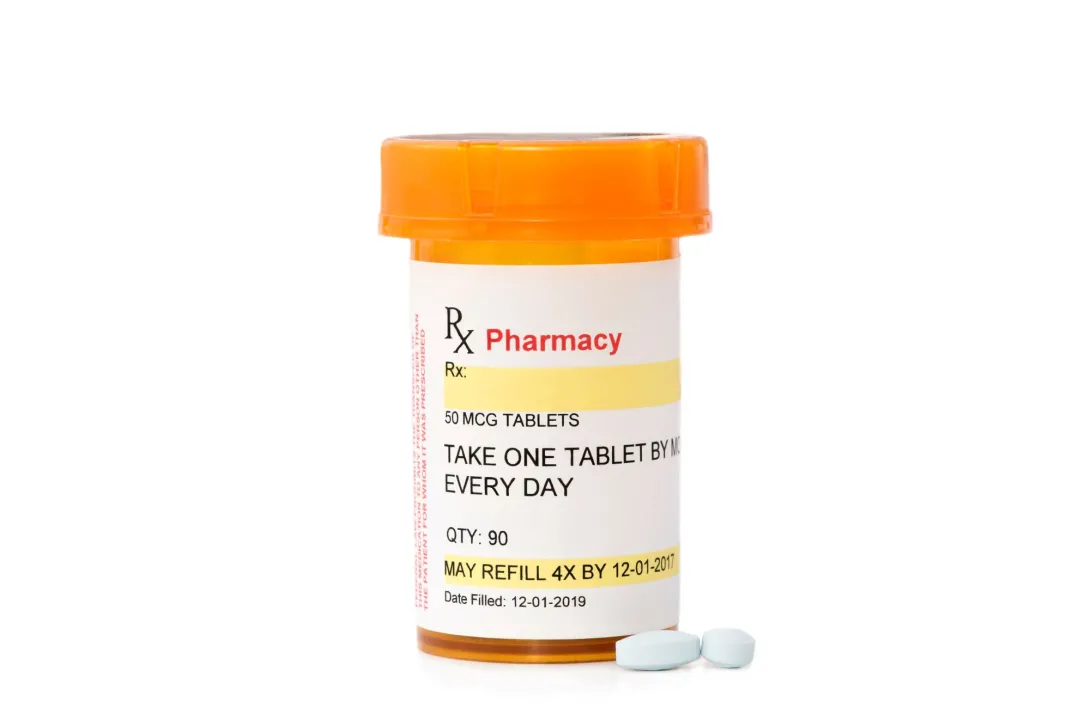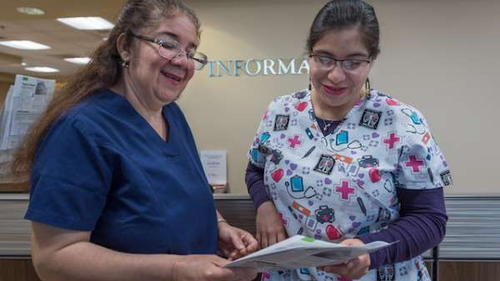How to Pick Up a Prescription

What Is a Prescription?
If your doctor recommends that you take medication, the type and amount of medicine will be written on a piece of paper. This is called a prescription. To get your medication, you will go to a pharmacy and give the pharmacist your prescription. Sometimes the doctor may ask which pharmacy you use, then call in the prescription or send it electronically.
Where Are Pharmacies Located?
In towns and cities in the U.S., you will find many pharmacies to fill your prescription. Some are small local stores, while others are big chain stores with names like CVS, Walgreens, or Rite Aid. Pharmacies can also be found inside some supermarkets.
What Information Will Pharmacies Ask For?
The pharmacist will ask for the date of birth of the person that the medicine is for, your address, and phone number. Your medication may be discounted or even free if you, or the person the medicine is for, have health insurance (you must show your insurance card to the pharmacist). You must pay the amount that your insurance does not pay for when you pick up the medicine. You may be asked to sign your name on a screen verifying that you picked up the medication. You can make a mark on the pad if you don’t know how to write your full name.
The pharmacy must have your working phone number. Sometimes they need to phone you with a question or tell you when your medication is ready for pickup if more time is needed to prepare your prescription.
Refilling Your Medicine
When taking the medication, be sure you follow the directions that will be written on the packaging. Depending on how much medication the doctor prescribes and how long you need to take it, some prescriptions allow refills (meaning you can get more of the same medicine). If you refill your prescription, you must go back to a pharmacy.
Tips For Overcoming Common Challenges
I don’t know how to take the medicine because the label is only in English.
A limited number of pharmacies have access to interpreters by phone if you ask them, but this is rare. If you have any questions about your medication or how to take it, and have access to an interpreter, write down what they say in your preferred language.
The pharmacy tells you that you must pay full price for the medicine, and it is too expensive.
First, make sure that the pharmacy has your correct health insurance information. If they do, but say that your health insurance will not cover the cost, you should call the health insurance company to ask why they are not paying for the medicine. There are two common reasons why health insurance will not pay:
- Your doctor prescribed a BRAND NAME medication. Brand name medications are made by one company and are usually more expensive. Many companies make GENERIC medications. The ingredients, safety, and quality of generic medications are nearly the same as brand-name medications, but they cost less. Doctors may write the brand name on your prescription that your insurance does not want to pay for. You can call your doctor and ask them to change the prescription to the generic version of the same medicine.
- The medicine is very expensive, and the health insurance wants your doctor to prove to them that you must have this medicine. In this case, you would need to ask your doctor to call the insurance company and send them proof of your health that requires you to have this medicine. This is called “prior authorization.”
The pharmacy says you have no more refills left, but it is a medicine that you must continue taking.
Sometimes the pharmacy can call your doctor to ask them to send a note saying you need a refill. Or, you may have to schedule another appointment with your doctor where they check on your health and then write you another prescription for the same medication.


